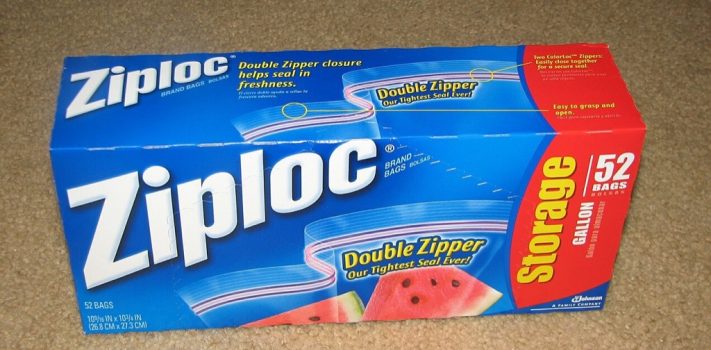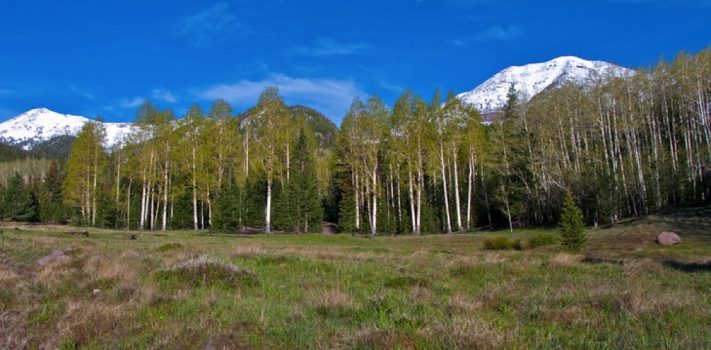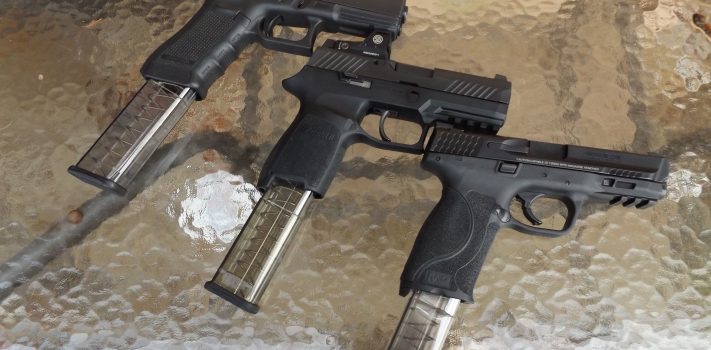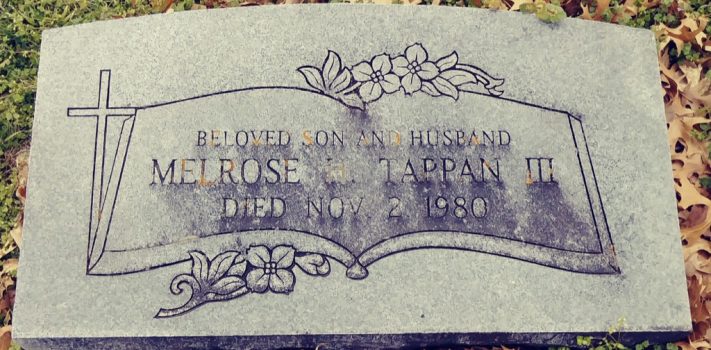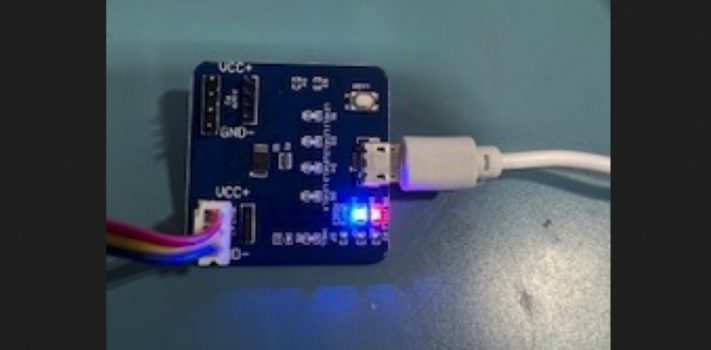“For he shall be as a tree planted by the waters, and that spreadeth out her roots by the river, and shall not see when heat cometh, but her leaf shall be green; and shall not be careful in the year of drought, neither shall cease from yielding fruit.
The heart is deceitful above all things, and desperately wicked: who can know it?
I the Lord search the heart, I try the reins, even to give every man according to his ways, and according to the fruit of his doings.
As the partridge sitteth on eggs, and hatcheth them not; so he that getteth riches, and not by right, shall leave them in the midst of his days, and at his end shall be a fool.
A glorious high throne from the beginning is the place of our sanctuary.
O Lord, the hope of Israel, all that forsake thee shall be ashamed, and they that depart from me shall be written in the earth, because they have forsaken the Lord, the fountain of living waters.
Heal me, O Lord, and I shall be healed; save me, and I shall be saved: for thou art my praise.
Behold, they say unto me, Where is the word of the Lord? let it come now.
As for me, I have not hastened from being a pastor to follow thee: neither have I desired the woeful day; thou knowest: that which came out of my lips was right before thee.
Be not a terror unto me: thou art my hope in the day of evil.
Let them be confounded that persecute me, but let not me be confounded: let them be dismayed, but let not me be dismayed: bring upon them the day of evil, and destroy them with double destruction.” – Jeremiah 17:8-18 (KJV)




